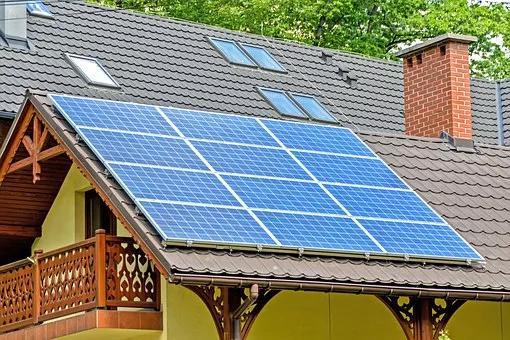Solar energy and the environment
08/15/2021
Solar energy systems/power plants do not produce air pollution or greenhouse gases. Using solar energy can have a positive, indirect effect on the environment when solar energy replaces or reduces the use of other energy sources that have larger effects on the environment.
However, some toxic materials and chemicals are used to make the photovoltaic (PV) cells that convert sunlight into electricity. Some solar thermal systems use potentially hazardous fluids to transfer heat. Leaks of these materials could be harmful to the environment. U.S. environmental laws regulate the use and disposal of these types of materials.
As with any type of power plant, large solar power plants can affect the environment near their locations. Clearing land for construction and the placement of the power plant may have long-term effects on the habitats of native plants and animals. Some solar power plants may require water for cleaning solar collectors and concentrators or for cooling turbine generators. Using large volumes of ground water or surface water for cleaning collectors in some arid locations may affect the ecosystems that depend on these water resources. In addition, the beam of concentrated sunlight a solar power tower creates can kill birds and insects that fly into the beam.







 Catherine
Catherine
 Sales Manager
Sales Manager